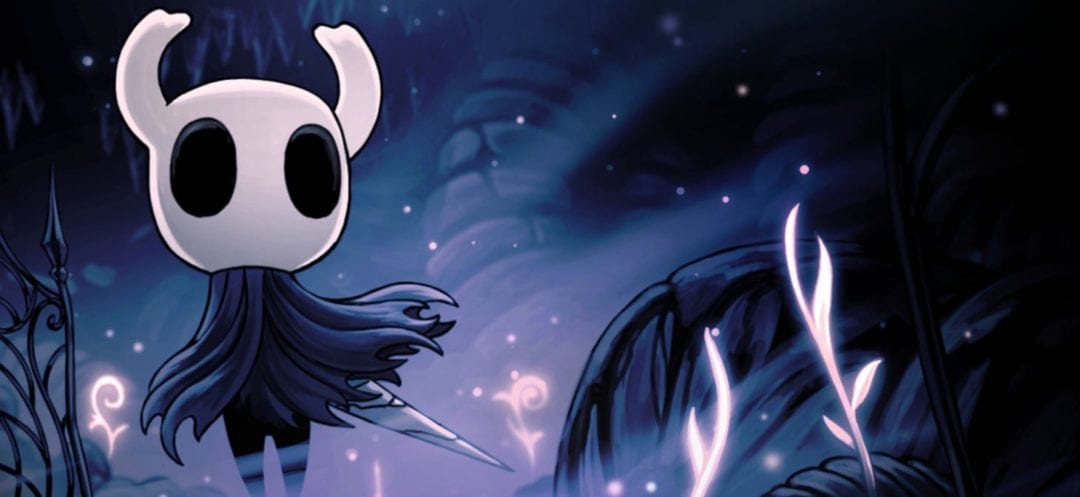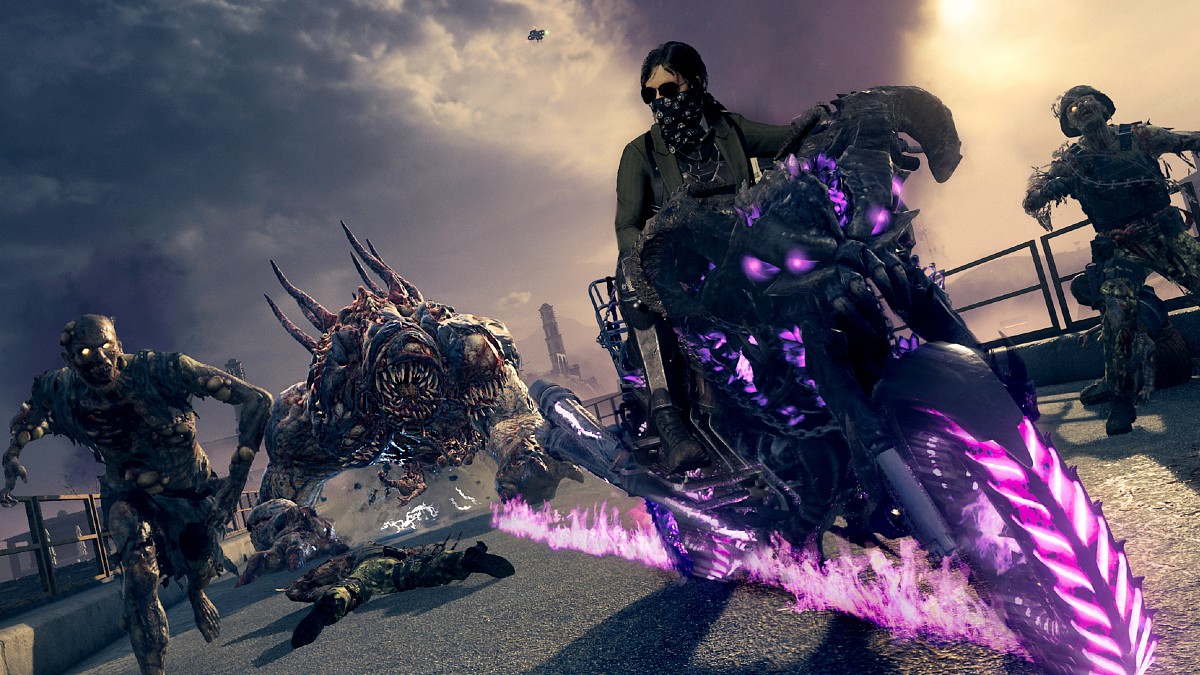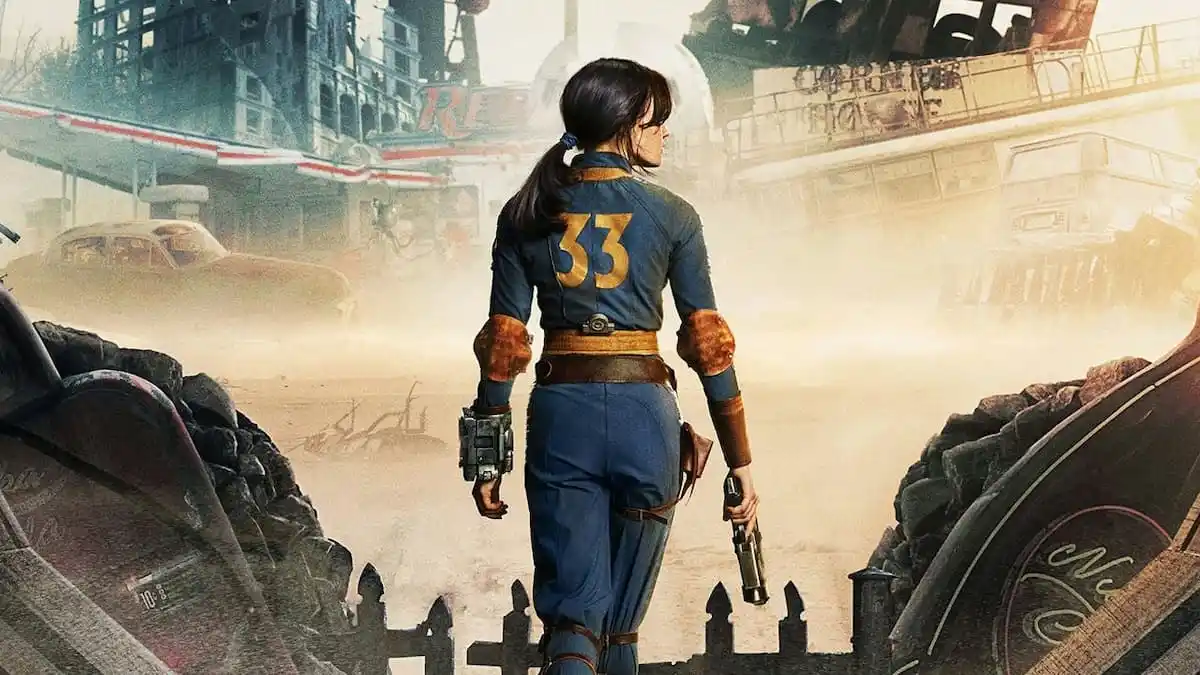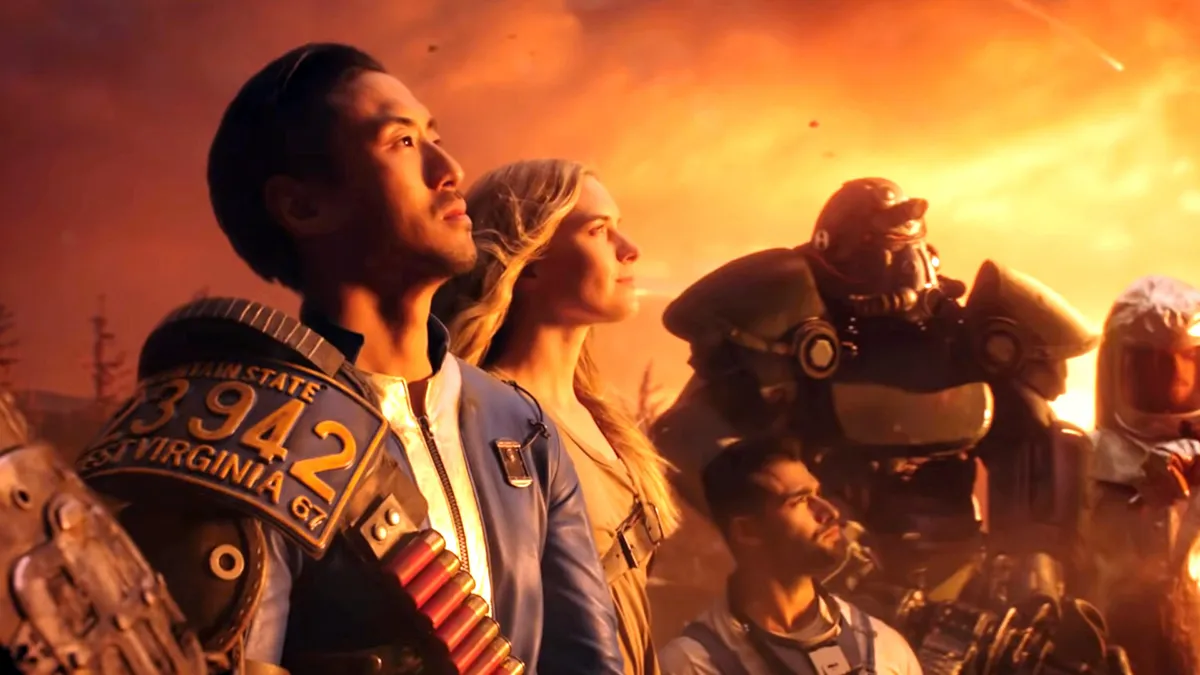Many years ago, I came up with a completely arbitrary, illogical rule for determining when to buy new gaming hardware. If a machine was worth plunking down real money, it had to have eight games that I really wanted to play.
In my brain, the eight game rule covered a number of bases. Eight games meant a lot of game time over the course of a long period — still true for someone who doesn’t write about video games for a living — and it guaranteed a significant variety of genres, styles, and voices. There’s even an elegant visual symmetry if you still think about games as objects in luridly illustrated boxes: four games to the right and left of the new box and its potential library of stories.
As the medium’s matured and I’ve segued into a career where I find myself playing something new and strange almost each week, the rule has inexplicably stuck. Even the number “8” by itself seems to loom large in gaming history. 1978, 1988, 1998, 2008: these are the years of defining work like Space Invaders, Metal Gear Solid, Super Mario Bros. 2, Mega Man 2, The Legend of Zelda: Ocarina of Time, Half-Life, and Left 4 Dead. I know I’m imagining the significance, creating a pattern where there isn’t one, but I can’t help it at this point. It’s just how I think about video games.
So rather than a more traditional top 10 list, I offer you 2018’s eight most remarkable games. This year continued the tradition of of past decades. It was a building year for video games, marked by refinement and crystal realizations of old experiments.

Astro Bot: Rescue Mission
Just one thought went through my head playing this Sony Japan-made PlayStation VR confection: Shigeru Miyamoto is going to be pissed. Nintendo’s canonized creator defined whole decades of game design by experimenting with hardware to let people make cartoon characters jump around an imaginary space in novel ways. Donkey Kong, Super Mario Bros. and Super Mario 64 are all works that both delighted with their vision and perfectly illuminated the potential of the machines running them.
What Miyamoto did for arcade, console, and 3D hardware, Nicolas Doucet has done for virtual reality. Astro Bot is still a very traditional platformer, as indebted to Super Mario Bros. as that game was to Pitfall! Coins are collected, secrets in each stage are uncovered, googly-eyed freaks are stomped. You command Astro Bot with your controller but literally inhabit the game world as a sort of Uber Bot staying close behind him like a nervous parent at a bounce house, recontextualizing the platformer as a true physical experience rather than a conceptual one. This is not the game that will make VR ubiquitous — personally I think that game doesn’t exist and never will — but it is the one that best demonstrates how the tech can be applied to gaming’s most traditional forms. This is a happy, wonderful work.

Donut County
Donut County is that really, really funny and smart friend of a friend you met at that party one time but never connected with again. It’s pure, caramelized charm. Ben Esposito’s debut solo game was a tortured labor of love, going through multiple iterations over years, losing a much larger narrative, and gaining dozens of jokey descriptions of trash along the way. The result is an unpretentious game with not a hair out of place. It’s perfect. Every stage where you make junk and animals and mobile homes and fires and cacti and donut shops fall into the mysterious hole under your command is just what it needs to be. Do I wish Donut County was eight times longer or even endless? Sure. But it doesn’t have to be. I don’t know if I’ll ever run into Donut County again, but I’m happy it exists.
Marvel’s Spider-Man
I detest open world games with rare exceptions. Most tend to be an endless tide of chores and meaningless, repetitive tasks that amount to little more than checking off items on the most boring grocery list in existence. Then there’s Marvel’s Spider-Man, a game whose writing, performances, and deft distillation of half a century of pop lore are second only to its masterful pacing and world layout. The early 21st Century model of open world game has been perfected here in this elegant, evocative New York City. It’s never overwhelming, just repetitive enough, and full of rich rewards and replicable fun.

Street Fighter 30th Anniversary Collection
Wait! Come back! Don’t run. This isn’t blind Street Fighter affection, I promise. Backbone Entertainment’s remarkable Street Fighter compilation is far and away their best work since Frank Cifaldi came on to spearhead their string of archival releases. The wealth of art and insight into the series is as illuminating as its 12 emulated arcade releases — covering each version of Street Fighter II, the Street Fighter Alpha series, and Street Fighter III iterations — are lush, playable, and accurate. Street Fighter 30th Anniversary Collection also hides what feels like a totally new product: its amazing online versus mode. Rather than being locked into a single game when you play online, sessions can bounce between multiple versions of Street Fighter on the fly. Want to test your mettle in the super technical, gobsmackingly pretty Street Fighter III: 3rd Strike and seamlessly transition into a few rounds of Street Fighter Alpha 3? Do it. No loading. No bullshit. It’s the Street Fighter release I’ve been wanting for three decades and comes close to making me forget the atrocity that is Street Fighter V. If only it had Ultra Street Fighter IV…
Dead Cells
Any claims that a game is the “second coming of Castlevania: Symphony of the Night,” or really any second coming, immediately jangles my internal skeptic alarms, so I approached Dead Cells with some trepidation. Motion Twin won me over, but not immediately. The cycle of exploration, progress, discovery, and revelation is slow in Dead Cells. Every time you die, your character can carry over experience and some items, as well as access to branches of its chunky, suppurating cartoon world. The process is so gradual that you don’t even notice the hours dropping away or that it is, in effect, an iteration of Rogue Legacy’s blend of action role-playing and procedurally generated environment design. That hypnotic effect reveals just how special this game is. Every inch of it feels handcrafted and intentional even when it’s algorithmically deployed. I never beat Dead Cells, but finishing it almost seems besides the point.

Celeste
I will never forget the first time I played Matt Thorson’s TowerFall. That multiplayer battle platform with its wee sprites bouncing around clinging to walls and double jumping like some gaggle of magic spider monkeys felt so smooth, so right, that I was sure it could lead to the creation of one of video games’ greatest platformers. Celeste did not disappoint. Gorgeous and taxing, Celeste is first and foremost an example of near flawless execution, the artistic equivalent of overcoming one of the maddening jumps up its dreamy video game Matterhorn. As a story, Celeste doesn’t quite land the leap. Its physical metaphor for overcoming depression — a literal ascension — is far more powerful when experienced through play rather than in its sophmoric dialogues. Then again, I’m a 36-year-old man. Celeste’s characters aren’t speaking to or for me. If I’d played this game when I was 15, it would have felt god damn Talmudic in importance and scale. As it is, it was merely an original, artful platformer that I couldn’t put down.
Super Smash Bros. Ultimate
What more can I say beyond my review for Ultimate? This is a game that achieves everything it sets out to do. While I was discussing the game with Yahtzee Croshaw the week it released, he told me that he didn’t see the value of Super Smash Bros. to the broader culture of video games and that a bunch of references to other work doesn’t bring the characters or games referenced forward in a meaningful way. What amazes me about Super Smash Bros. Ultimate is the lengths it goes to recontextualize almost half a century of Japanese video game design as a singular canon. Everything from Nintendo’s earliest Pong clone consoles to Arms is envisioned as one vast ecosystem. Every game, no matter how obscure, is influencing and responding to the others. It’s easy to miss the forest for the trees beneath Ultimate’s barrage of color, light, and fan service, but there’s a vision there. A hell of a vision.

Hollow Knight
I recently participated in the making of a documentary by Sun & Flesh guitarist Matt Brewster that asked the question: can you find your favorite album when you’re an adult? The idea intrigued me immediately because it’s not restricted to music, but all art. Our formative experiences with creation — what George Carlin called “the virgin high” — are so potent that they can color every single one that comes after it. The documentarian and, from what I understand, most of the interviewees concluded that unfortunately we might be locked into those virgin highs, that even our new loves are inextricably linked to first loves that can never be superceded. I disagreed, even though I couldn’t point to something new that sat amongst my own established soul art canon. But then I played Hollow Knight. It is one of my favorite games ever made and I still can’t believe it’s Team Cherry’s first game.
Hollow Knight tweaks my most vulnerable centers. The melancholic but resolved atmosphere; playful drift between grotesque horror and lovable silliness; sense of an obscured history that can never really be understood; and a deep world to designed to lure you ever forward without ever explicitly telling you where to go. It’s got it all. Those features are present in old favorites, especially the Castelvania and Metroid games that Hollow Knight echoes. But Team Cherry’s game is so much broader and so much more convincingly organic that it eclipses its inspirations almost entirely. This is not just a game; it’s a place. And I still can’t believe I got to go there.
Don’t come at me with other games or the fact that Hollow Knight was, technically, released in 2017. That original release was patched, buttoned up, and smoothed out with additional content before it hit Nintendo Switch in the middle of 2018, the platform it feels most suited for. This is the game.





